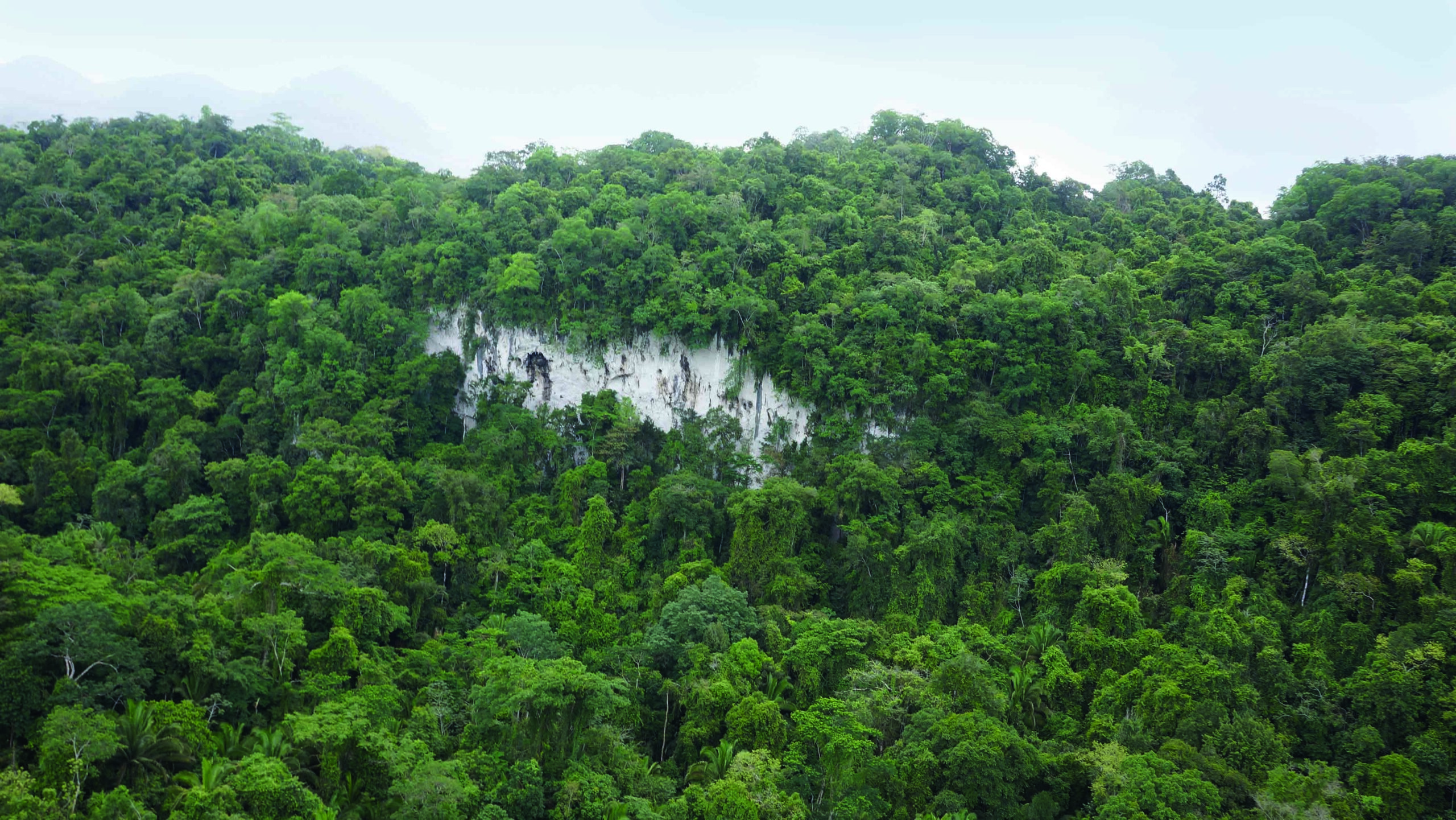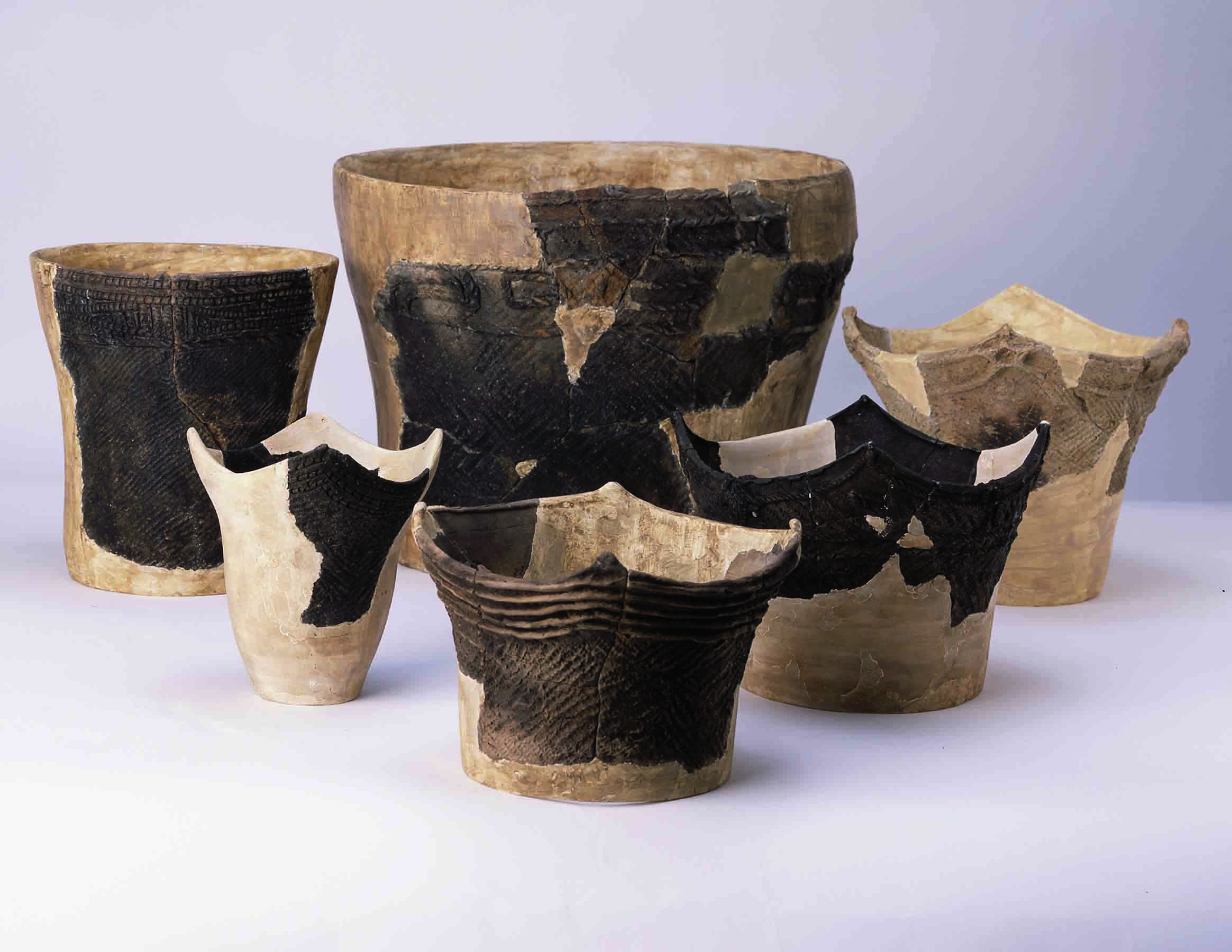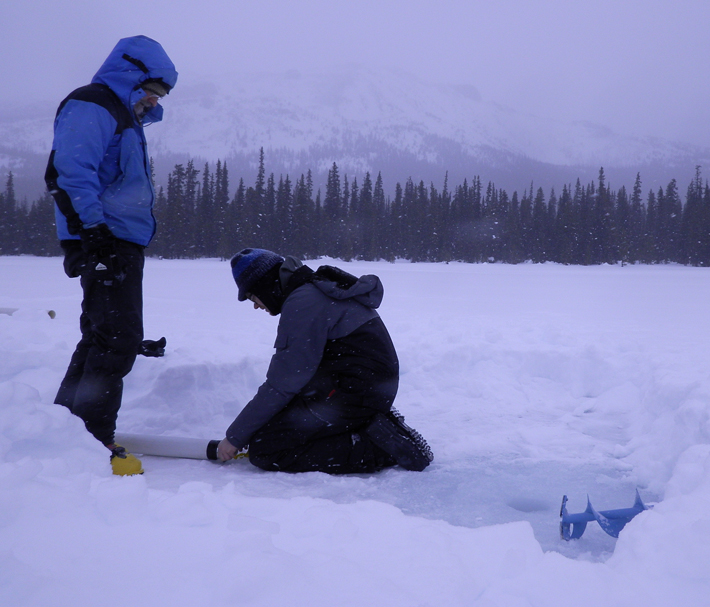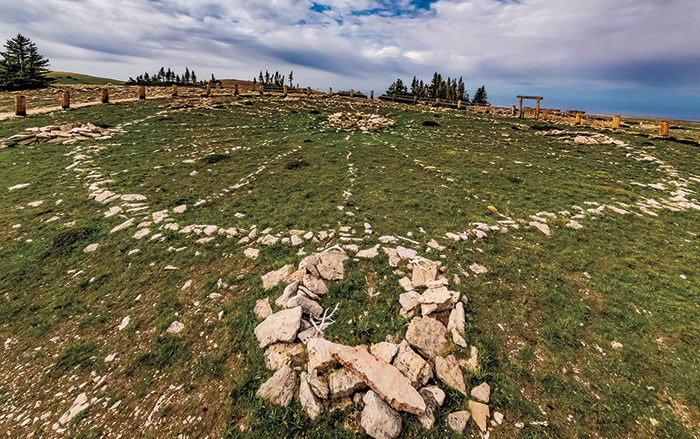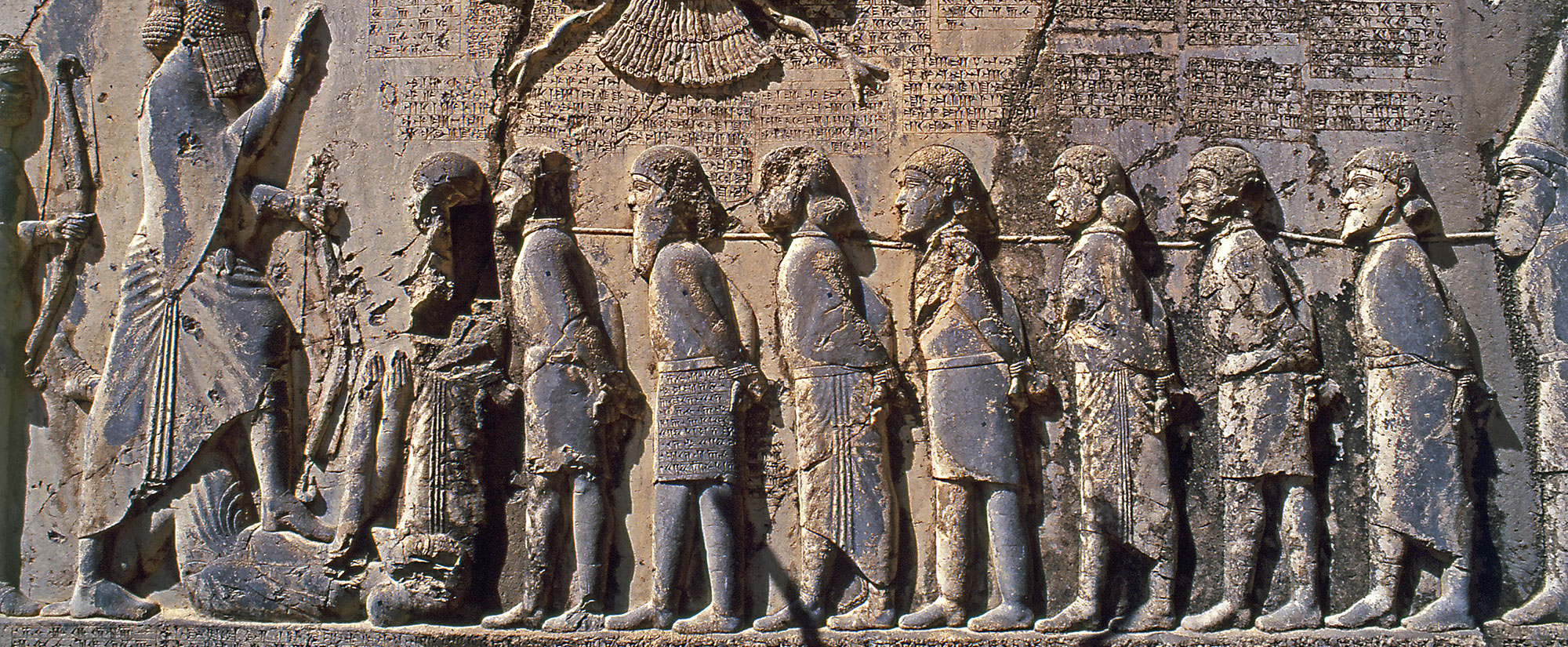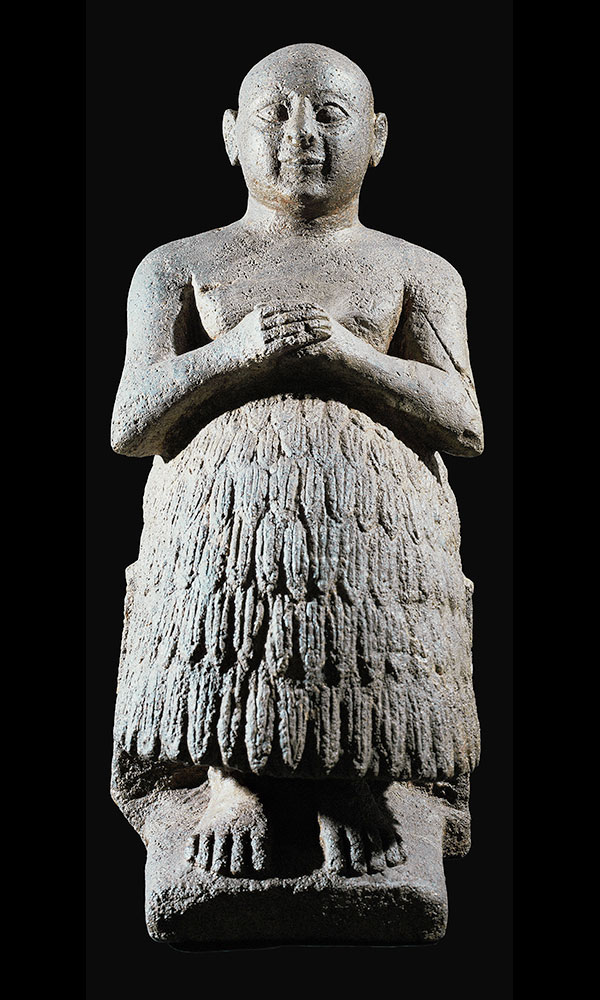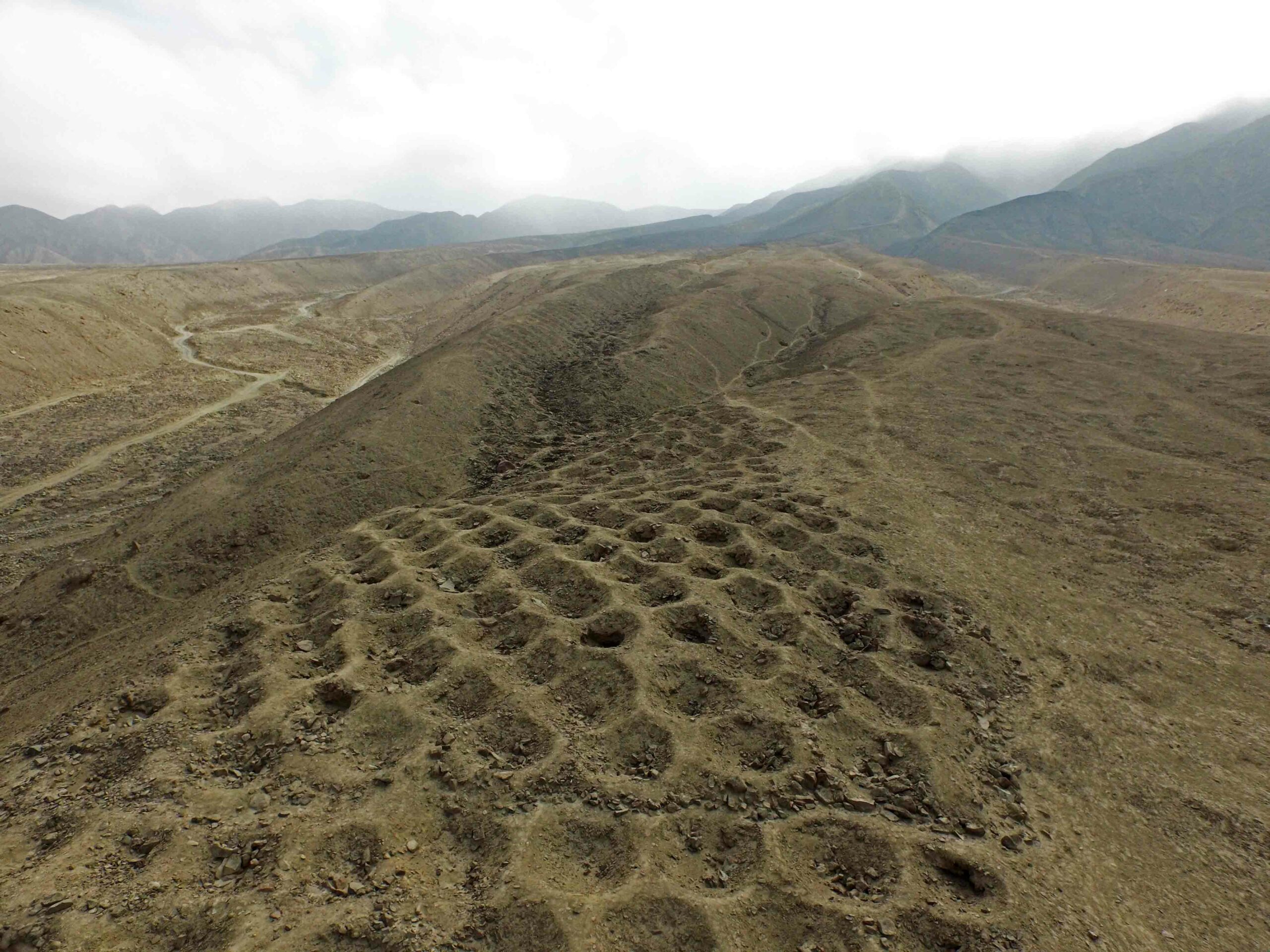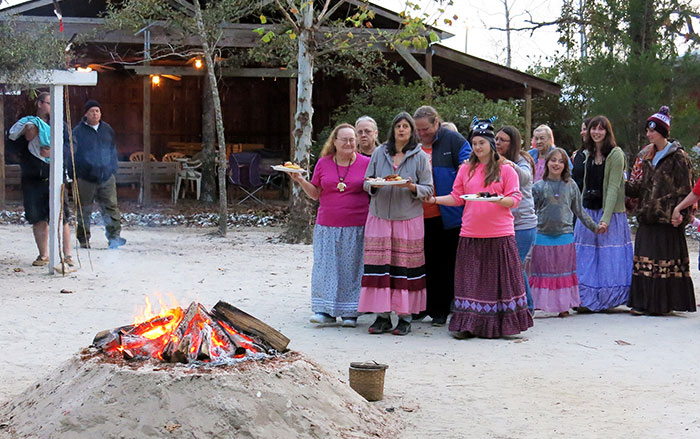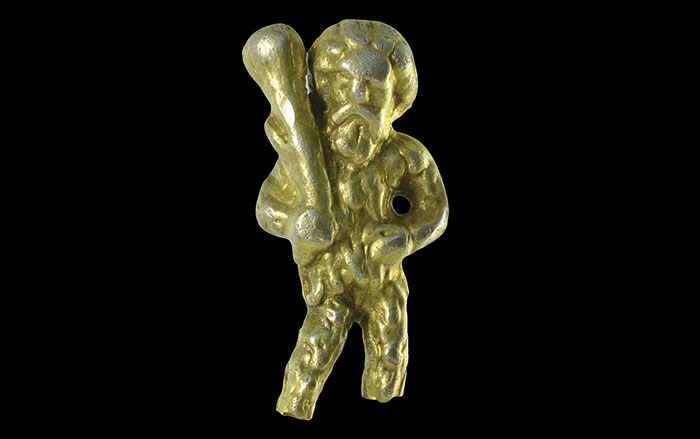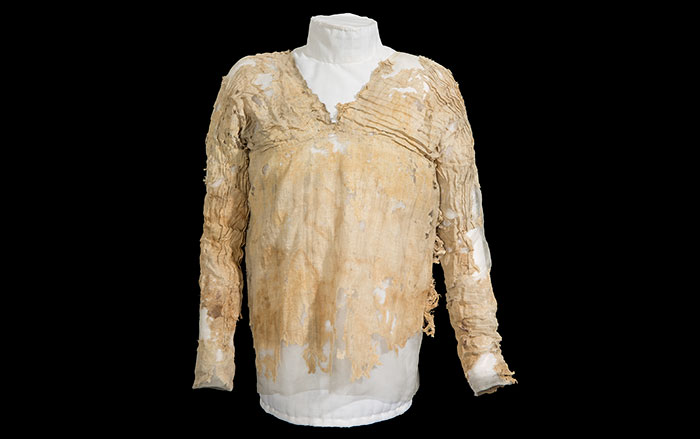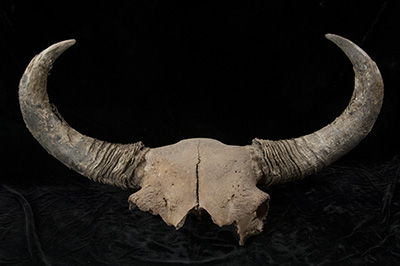
ALBERTA, CANADA—A new study coordinated by Duane Froese of the University of Alberta has analyzed nearly 200 bison fossils as a way to investigate when people may have been able to travel through an ice-free corridor in the Rocky Mountains. Bison to the north and south of the corridor were separated from each other by the ice some 21,000 years ago and, as a result, became genetically distinct. So, as a first step, the researchers carbon-dated the bison fossils and then analyzed their DNA to show which were from the north and which were from the south. The results suggest that the southern bison began moving north some 13,400 years ago, and that the populations began to overlap some 13,000 years ago, when the corridor was fully cleared of ice. “It’s intriguing from the perspective that as much as bison and game animals were separated, so too would have been early human populations,” Jack Ives of the University of Alberta said in a CBC News report. “Once that corridor region opened … this would open the door for human populations to reengage.” For more, go to "Bison Bone Mystery."


